Want to know how to crochet an infinity scarf? This wonderful tutorial will have you crocheting your scarf in no time. The best part is you don’t even have to follow a pattern! No pattern required.
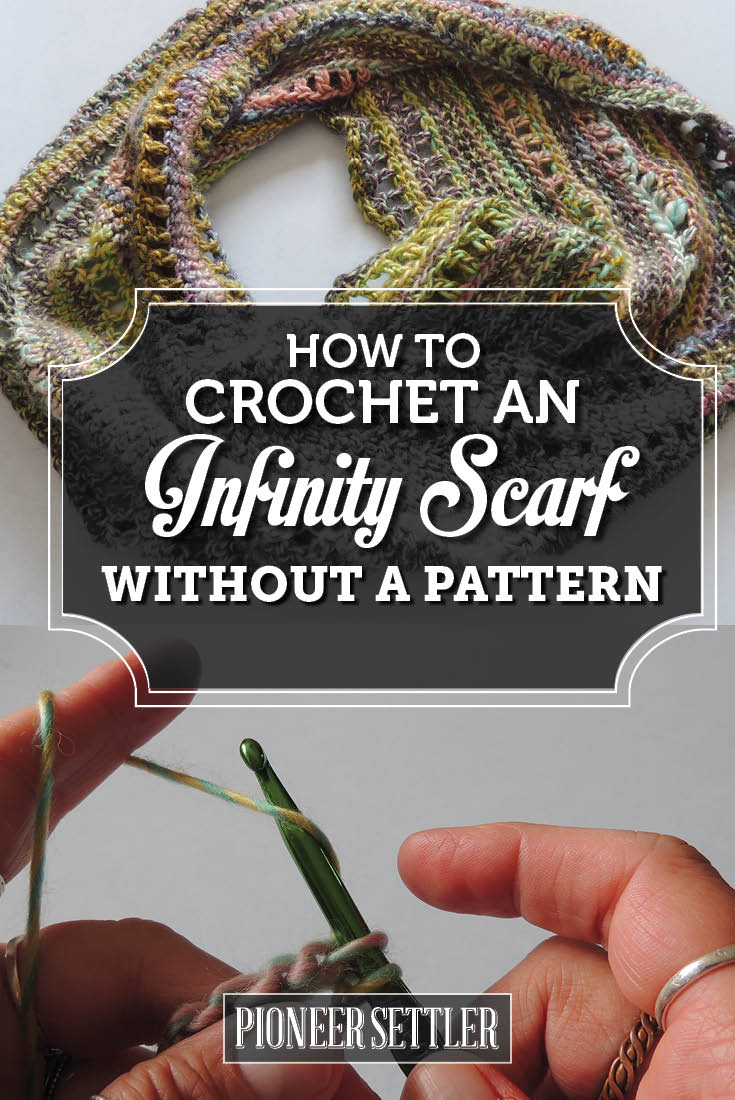
My mother taught me how to crochet. She was a master. She made beautiful lacy doilies and tablecloths and mittens and scarves and over a hundred crocheted throws and blankets and gave them all away as gifts.
I am not a master. She tried to pass on her skills to me, but became frustrated because I am a lefty and therefore do everything backwards! Also, I didn’t have to patience to perfect my crocheting skills, and to this day, single and double crochet are about as fancy as I get.
However, I do have a skill, which is serving me well in my new homesteading endeavor. I don’t need a pattern to crochet. Actually, to be truthful, patterns don’t serve me well. With my limited skills they are either hard for me to figure out, or else I’m not neat enough to get the correct result, OR, the created objects just don’t fit me right. For instance, I have huge piano-playing hands, which do not lend themselves well to fitting into the pretty girly mittens and gloves I would like to be able to make or buy.
So, I don’t use a pattern, and frankly, NOTHING BAD HAPPENS! In fact, it’s a really freeing experience, because I know I can be totally off the grid, and I can still make items that fit every member of our household. Knowing that I can make warm mittens and scarves and hats and cowls without any pattern is a useful skill for any homesteader.
I’d like to demonstrate how easy it can be to make items like this without a pattern by showing How To Crochet a Cowl, aka an Infinity Scarf:
I am going to assume that you have a little crocheting experience. If not, there are lots of videos online to show you the basics and let you practice. If you think you can do the following: slip knot, chain, slip stitch, single and double crochet, you are ready for this first project. Let’s make a beautiful custom-made-for-you-cowl.
If you don’t know what a cowl is, it’s like a tube top for your head . It’s A scarf with no end, that can be used as a hoodie.
To start, all you need is a crochet hook and some yarn, and a yarn needle. I used a size J hook and 7 ounces of medium weight yarn. You can go bigger or smaller, and nothing bad will happen. In fact, if crocheting scares you because of all these numbers, just buy whatever the store sells, the standard sizes work great!

I love this yarn! It is 70% acrylic, 30% wool. Very soft and drapey and warm….
Continue reading here

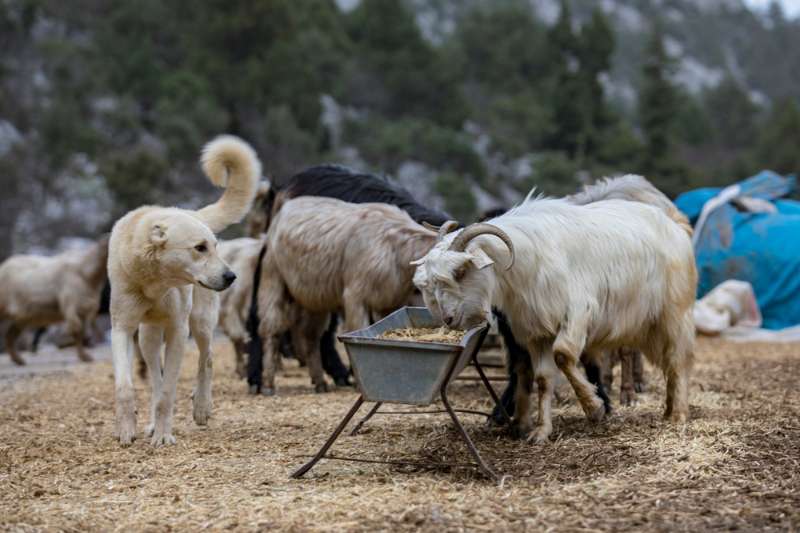
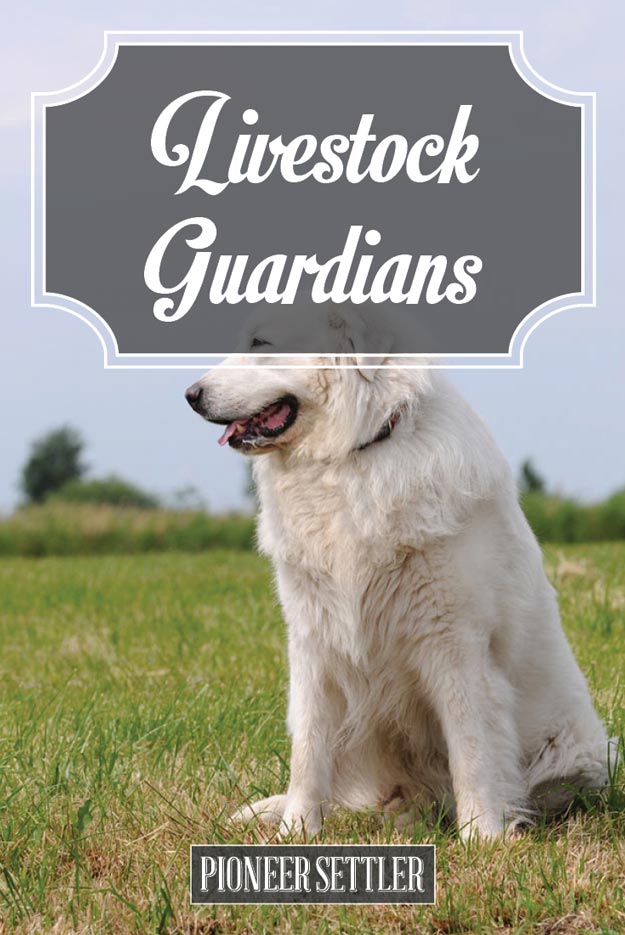

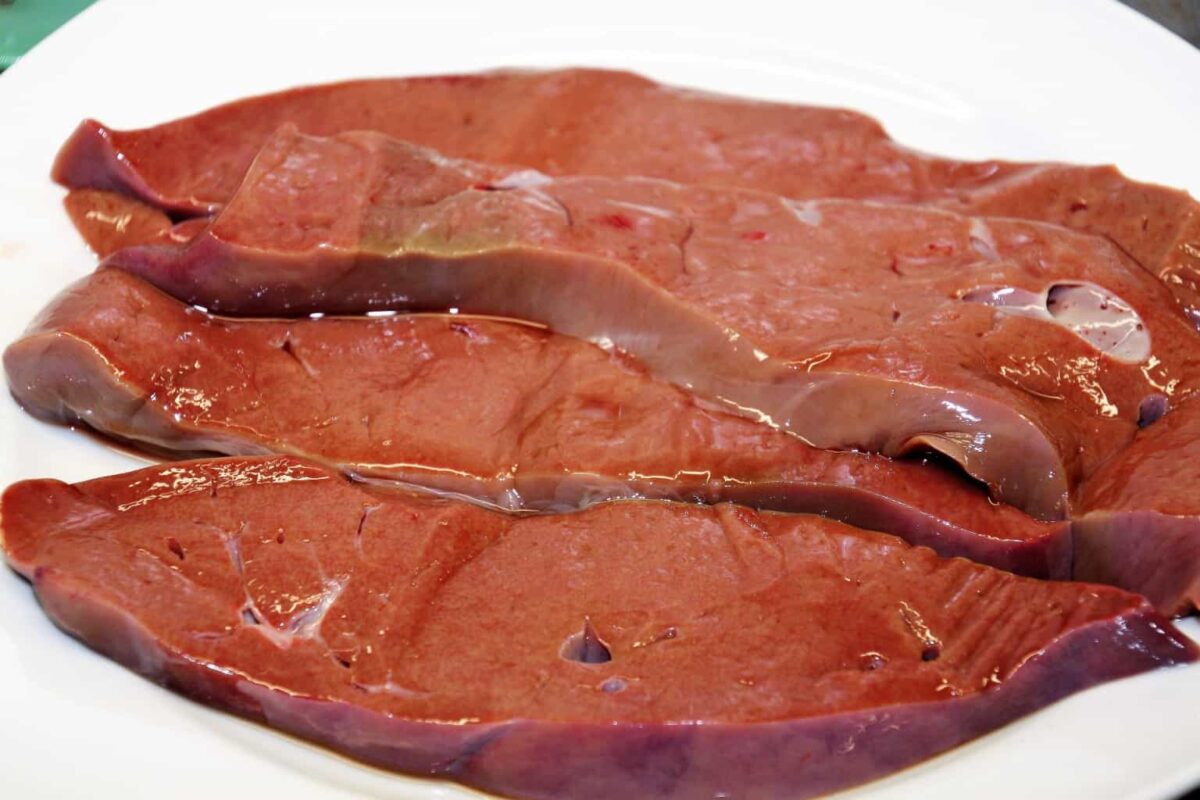
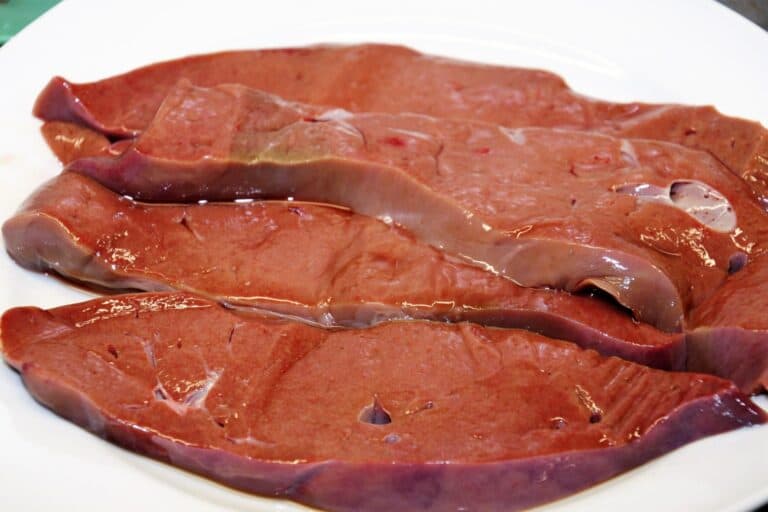
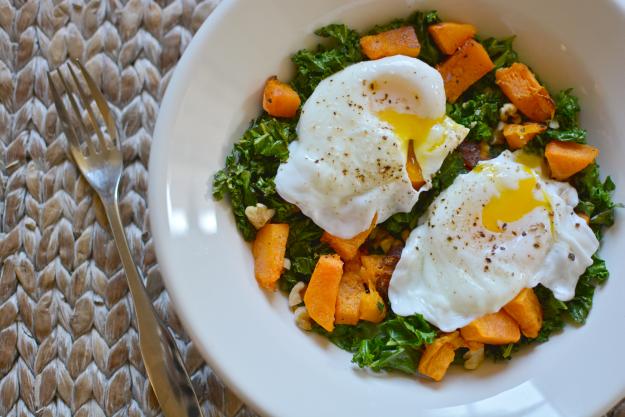
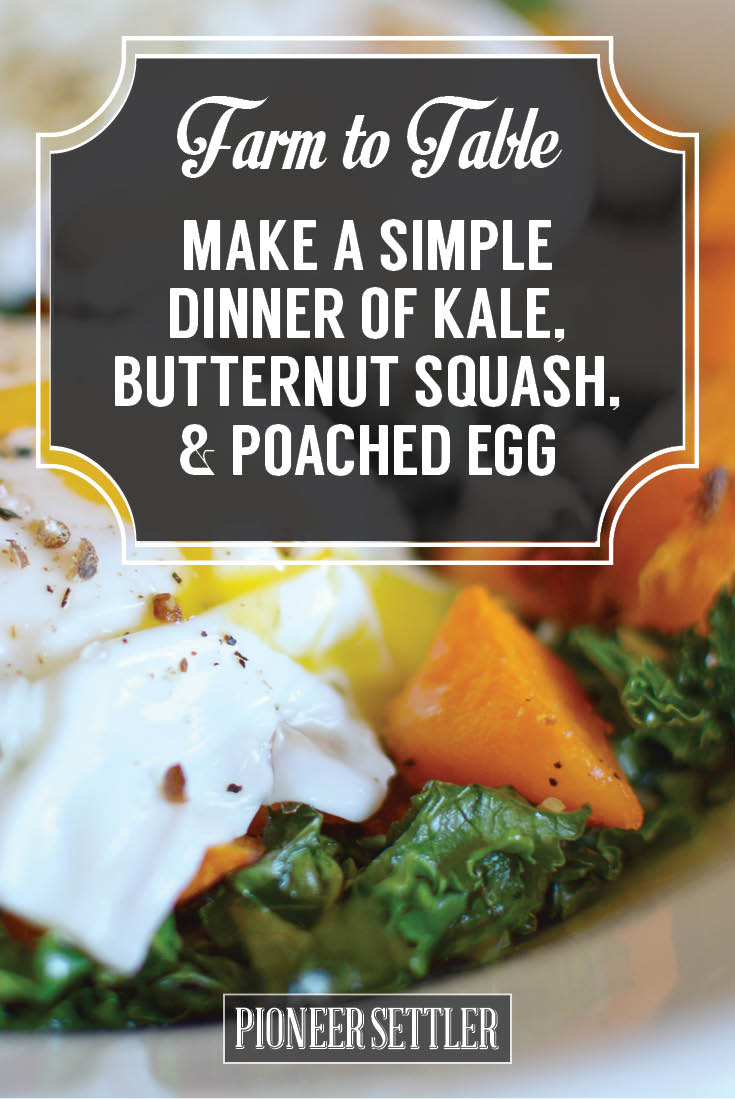





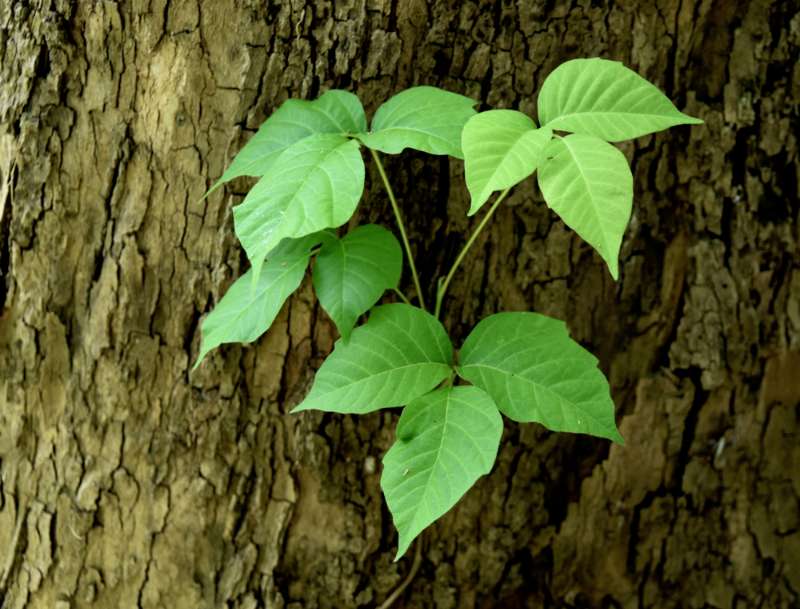
 Poison Ivy can be identified by three flat leaves in a group
Poison Ivy can be identified by three flat leaves in a group  Your skin will break out in rash with an oil residue
Your skin will break out in rash with an oil residue  Watch for poison Ivy EVERYWHERE – it can grow along forest floors, walls, fences, and pops up among other shrubs and foliage.
Watch for poison Ivy EVERYWHERE – it can grow along forest floors, walls, fences, and pops up among other shrubs and foliage. 
![[NEWS] Homesteading In Space | Homesteading Simple Self Sufficient Off-The-Grid](https://jeffcassman.net/wp-content/uploads/2023/02/83-Try-Many-Types-Of-Farming-For-You-And-Your-Homestead-ss.jpg)

